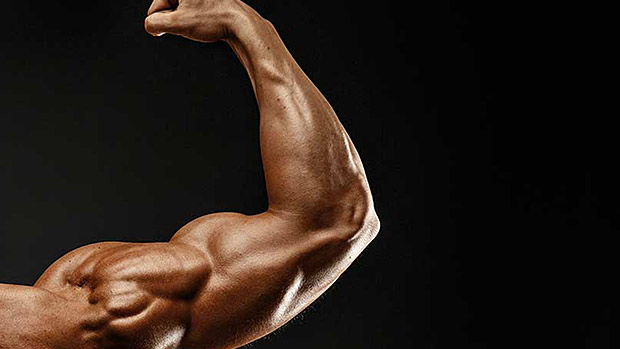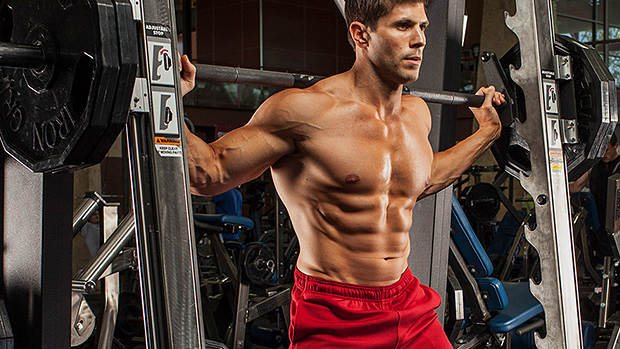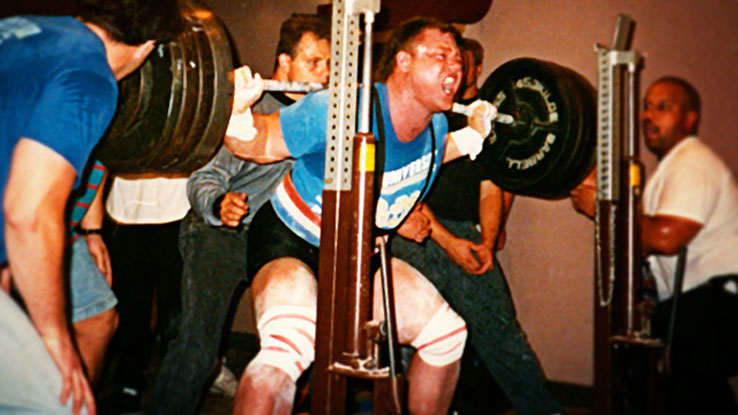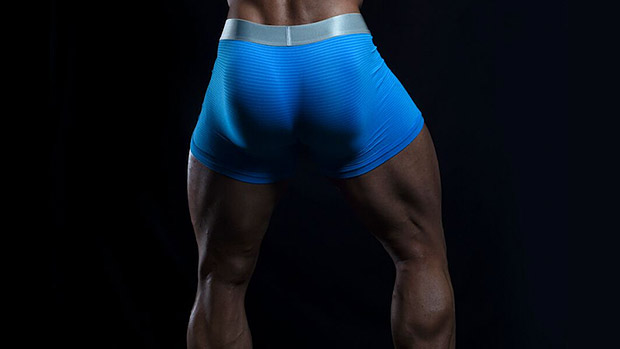For people over 40, I've suggested giving up on sets of less than 5 reps before. That doesn't mean falling forever into the sticky 8 to 10 reps mire.
Everybody's been stuck on doing 8 reps forever, mostly because ancient, cave-man lifters began a tradition of doing 8. Doing 6 or 7 didn't feel like it was hard enough and doing 9 to 10 or more was talking-to-an-insurance-salesman tedious. But I say to you, Horatio, there are more beneficial rep schemes in heaven and earth than are dreamt of in your weightlifting philosophy.
You can build plenty of size – perhaps even more size than you thought possible – by doing sets of 12, 15, or even 20 reps, especially since you've probably ignored higher rep ranges your entire lifting career.
You might incorporate these higher rep schemes into your workout by devoting the first training day (say, for upper body) of the week to sets of 6 to 8, devoting the next training session to sets of 8 to 10, and then the subsequent session to sets of 12 to 15 or more before starting the whole merry-go-round over again.
Skeptical of High Reps?
Try this protocol out a couple of times before you judge:
Pick a weight for just about any exercise that you can do for 20 reps using a one-second concentric (lifting part of the rep) and a two-second eccentric (lowering part of the rep):
- Do the first set of 20 reps.
- Rest just 30 seconds.
- Do the second set of 20 (or as close as you can get to 20).
- Rest 30 seconds.
- Do a third set of 20 (or as close as you can get).
- Stick worked body part in ice to cool the fire.
Researchers Fink, Kikuchi, and Nakazato (2018) found this method worked twice as well in building muscle in yes, experienced lifters, than the usual 8-rep sets. Case in point, higher reps work just fine, thanks, and they're much more forgiving on the joints.





